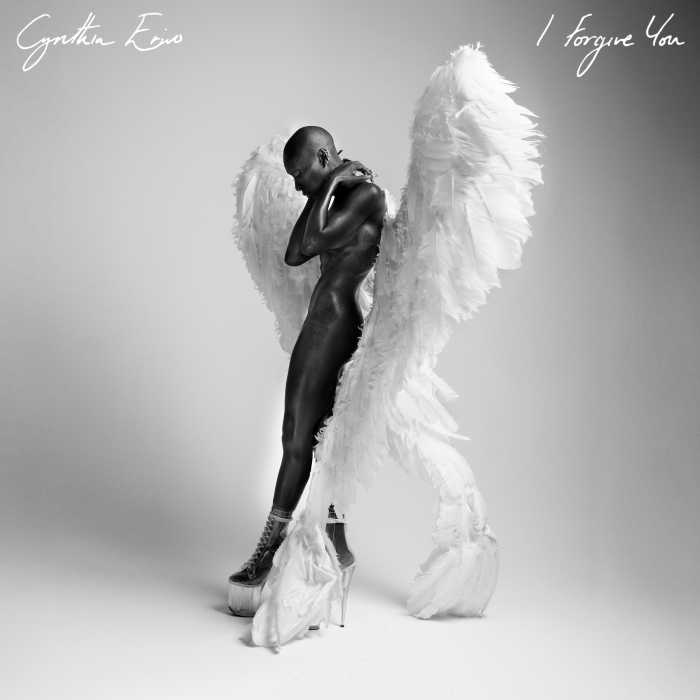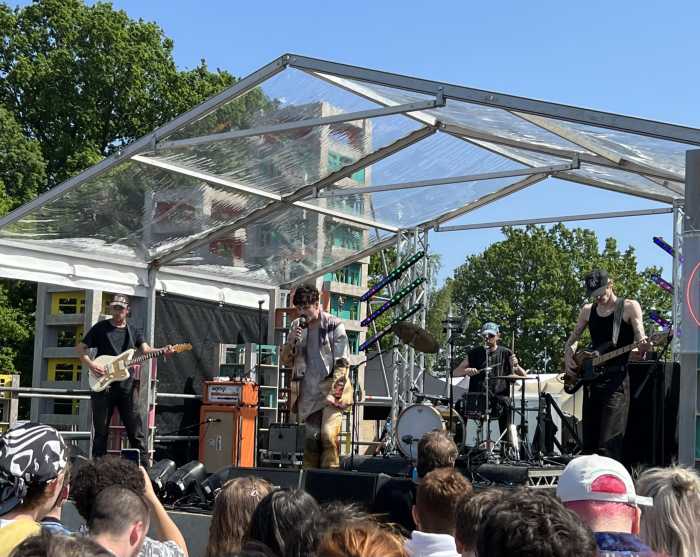BY LORI ORTIZ | Peter Martins, Christopher Wheeldon, George Balanchine, and Jerome Robbins. Need I say more about great choreography? Audiences will lean in one direction or another or may be more or less receptive at this point. The quality of the dancing and music, of course, factor.
On January 10, the young guest Andrew Sill conducted the orchestra's fine performance. First on the program was George Balanchine's “Ballo della Regina,” American Ballet Theatre premiered this troublesome dance in the fall, but what a treat City Ballet's opener was. How perfectly the current crop of City Ballet dancers interpret and build on “Ballo.” Its ambiguity pleasures and updates the 1978 notoriously difficult work.
Four City Ballet choreographers bring us back in time.
Star of the moment Ashley Bouder was the solid, smiling centerpiece and partner Benjamin Millepied interpreted his role with lightweight ballon. He seemed to float around her, almost laughingly. Authority and chivalry were all but absent and replaced with a more credible dynamic. No depths were scourged but each unwavering display affirmed “Ballo's” inevitability and propelled us into the evening.
Bouder attacks, sharply thrusting her pointed foot from its hinge at the knee, in pirouettes or just standing. Her échappé-on rod-like open legs she springs to relevé-brings us to attention. The cast, four excellent soloists and a corps of twelve, follow with occasional quick and almost imperceptible spring in the torso, even while traveling. This kind of flexibility looks new.
The pleasing ambiguity rests in the airborne interpretation. Guiseppe Verdi's music from Don Carlo describes an underwater scene. A pas de bourrée resembles treading in waves, but Mr. B.'s choreography is about the music's vicissitudes. Through its thick horn sections and its trickling allegro passages, the dancers proffer strength that inspires.
Christopher Wheeldon's “Liturgy” is one of the most beautiful contemporary duets in the classical idiom. Wendy Whelan, who originated the role with Jock Soto in 2003, danced impeccably with Albert Evans, matched by concertmaster Arturo Delmoni's solo. Evans wears a maroon leotard and with his chocolate skin, melts into the dark background. Yet his presence is strong and essential.
Whelan's white skin, reflecting through a body stocking in all but the most private places, defines the shape of “Liturgy's” abstract narrative. More than once she spins off Evan's arm into the wings, and returns for more. He welcomes her back with genuine gratitude. “Liturgy” counts life's blessings, undiminished by love's comings and goings.
Separated by intermissions, Peter Martins's 1987 “Les Gentilhommes” returned after a nine year absence from the active repertory. It's a foil to his better, current works. The cast of nine's performance looked under-rehearsed and as though they didn't get it, if there was something to get. To music by Georg Friedrich Händel the men wear white tights and shirts with baroque ruffle. In unison they run through a laundry list of hand positions.
Martins' Danish background and Bournonville have been noted as influences. Martins wanted to show how men can move beautifully and gracefully;we all know that now. Amar Ramasar stood out, with his long pointed extensions and buoyant leaps, as embodying the intention. The leader Daniel Ulbricht appeared slow in his timing and possibly saving his energy and concentration for the next, “Fancy Free.”
Unfortunately though, Jerome Robbins' 1980 classic about a WWII soldiers' night out did not have the effervescence given it by ABT in fall. Ulbricht, Tyler Angle, and Damian Woetzel lent some comedy and boyish charm, augmented by insouciant passers-by Amanda Hankes and Tiler Peck, and briefly Briana Shepherd. Angle does a dreamy version that's most seductive. Woetzel is the clown, and an earnest Ulbricht impresses with a cabriole. Nevertheless this “Fancy Free” was anticlimactic.
The program of four works begs a reality check. Like a picture cube, the evening displayed ballet's homoeroticism in different guises and different stages of affirmation or denial. The lucid “Ballo” and “Liturgy” made up for the final ho hum.


































